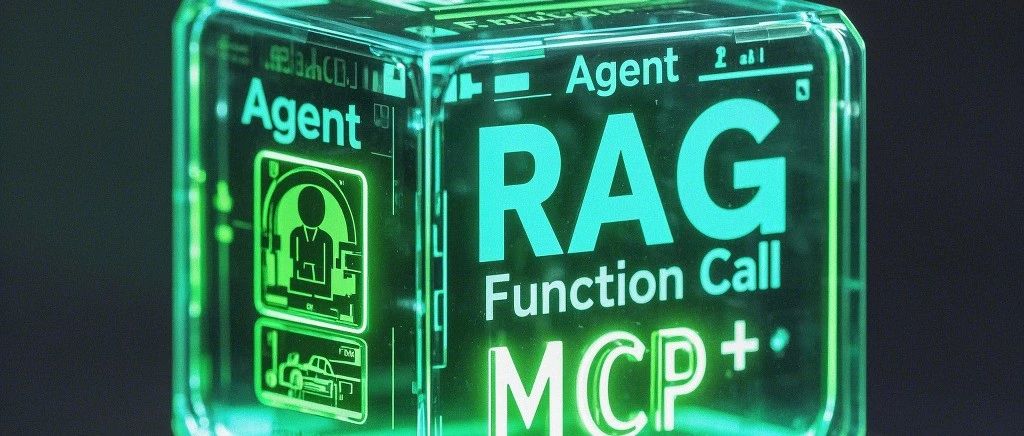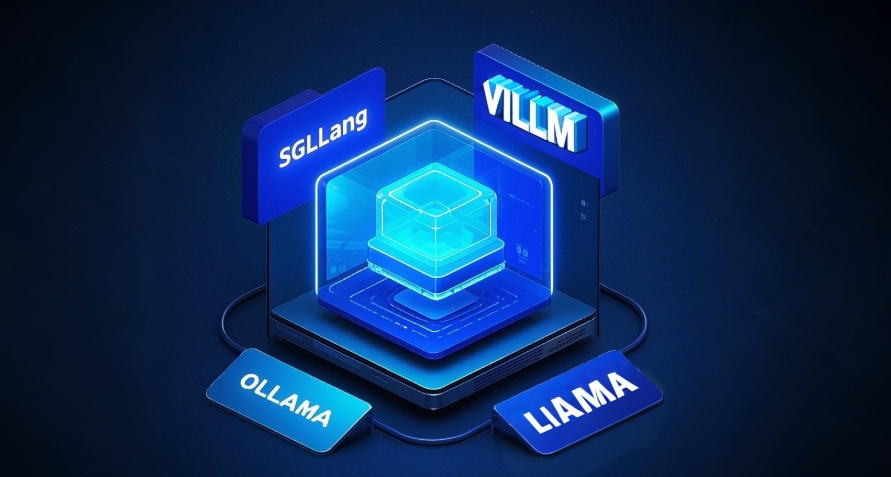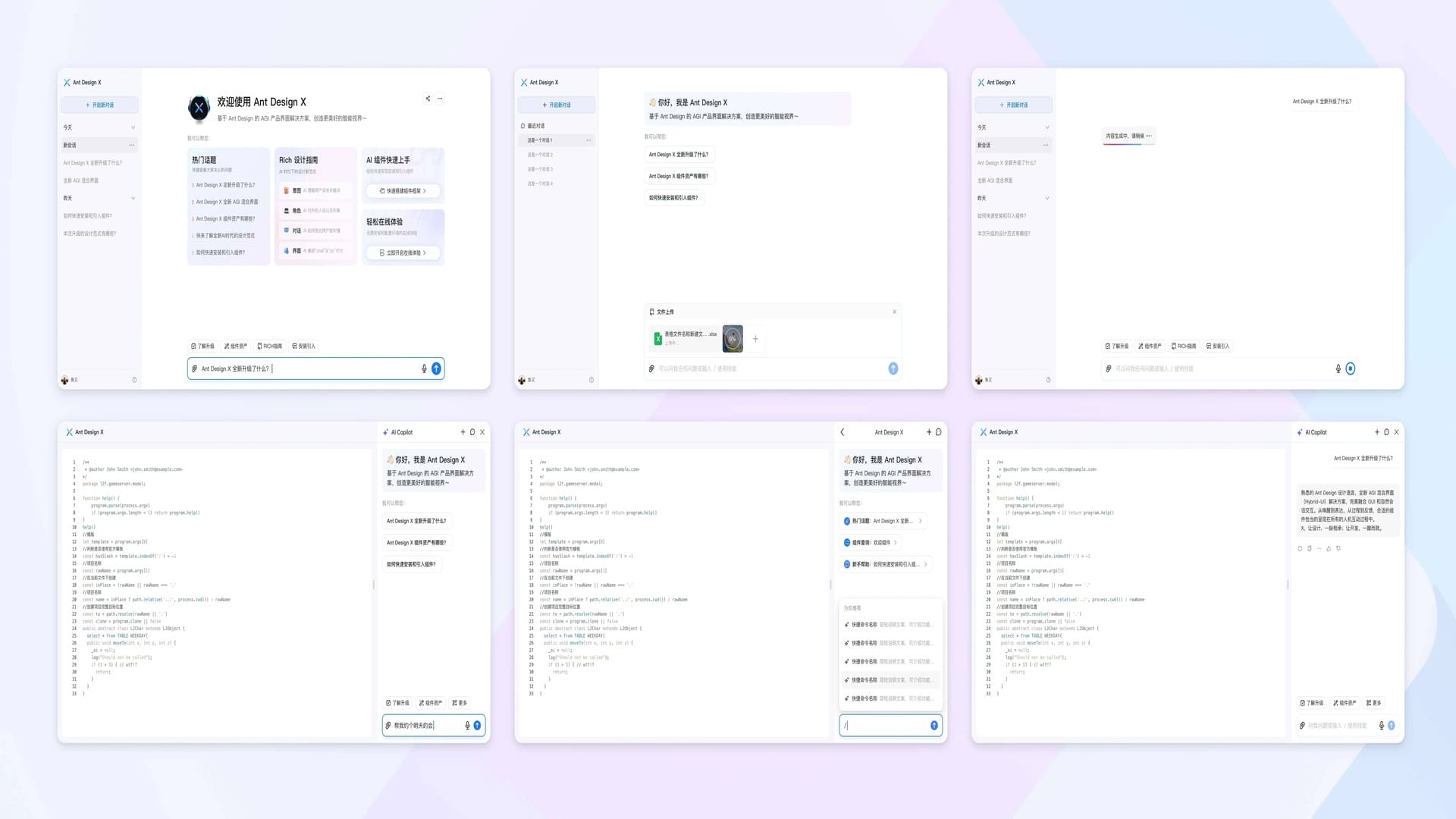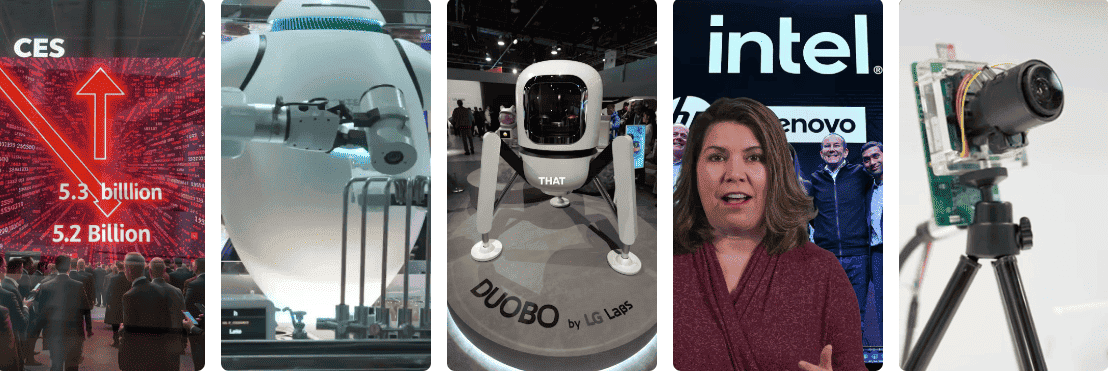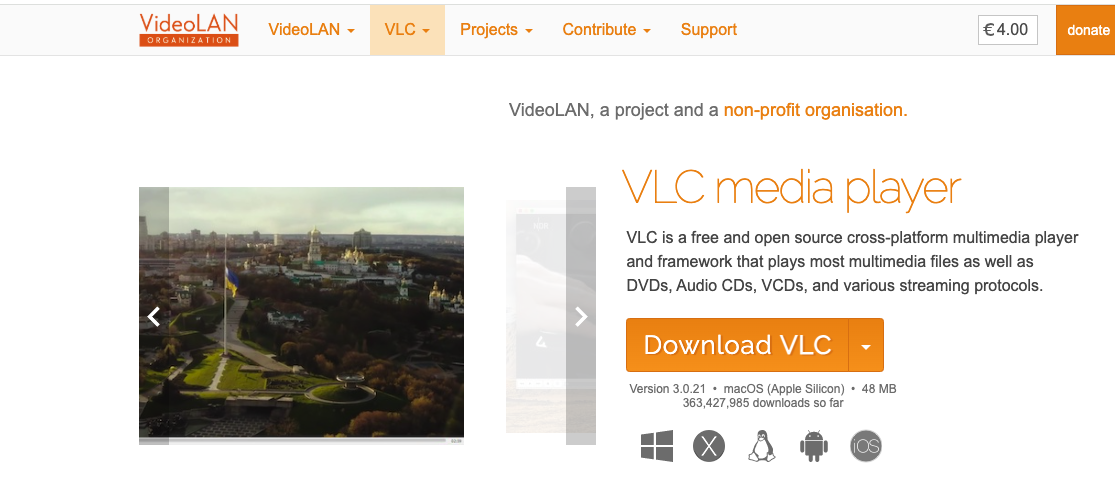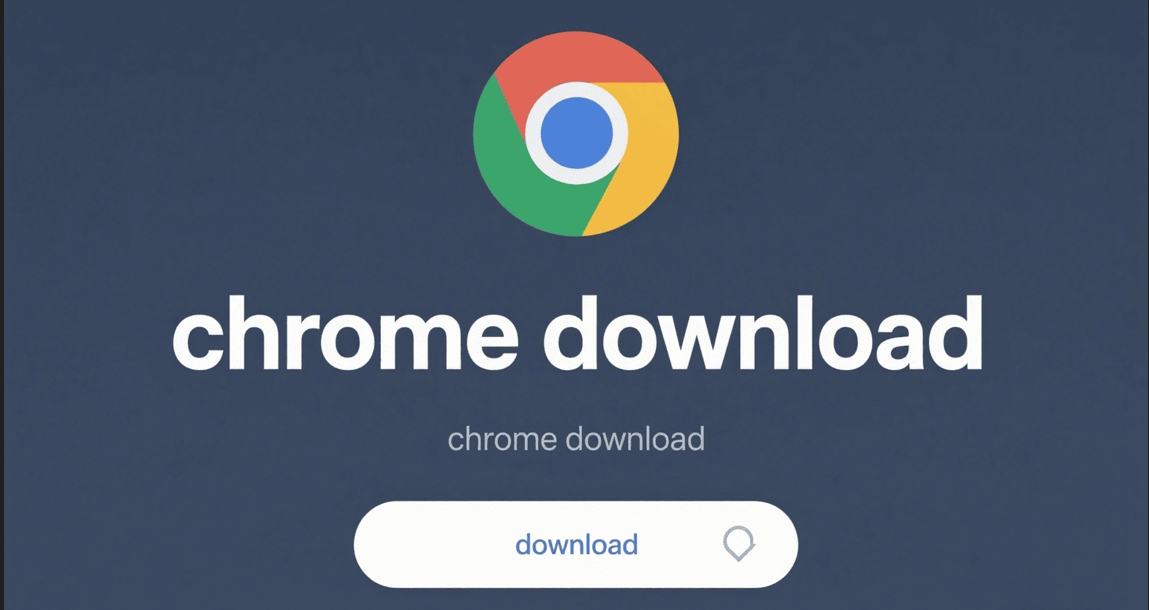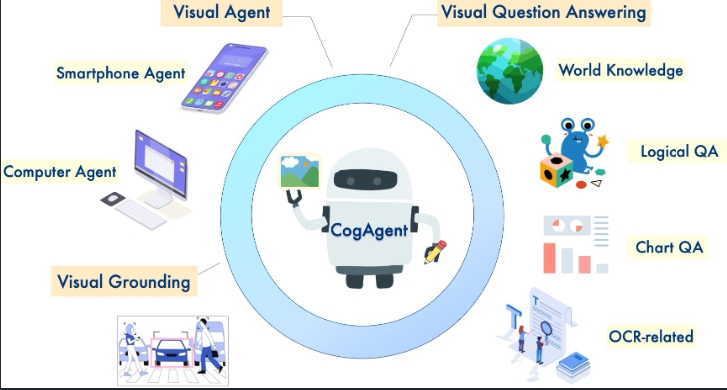Popular Models Overview for Stable Diffusion Webui (Part 1)
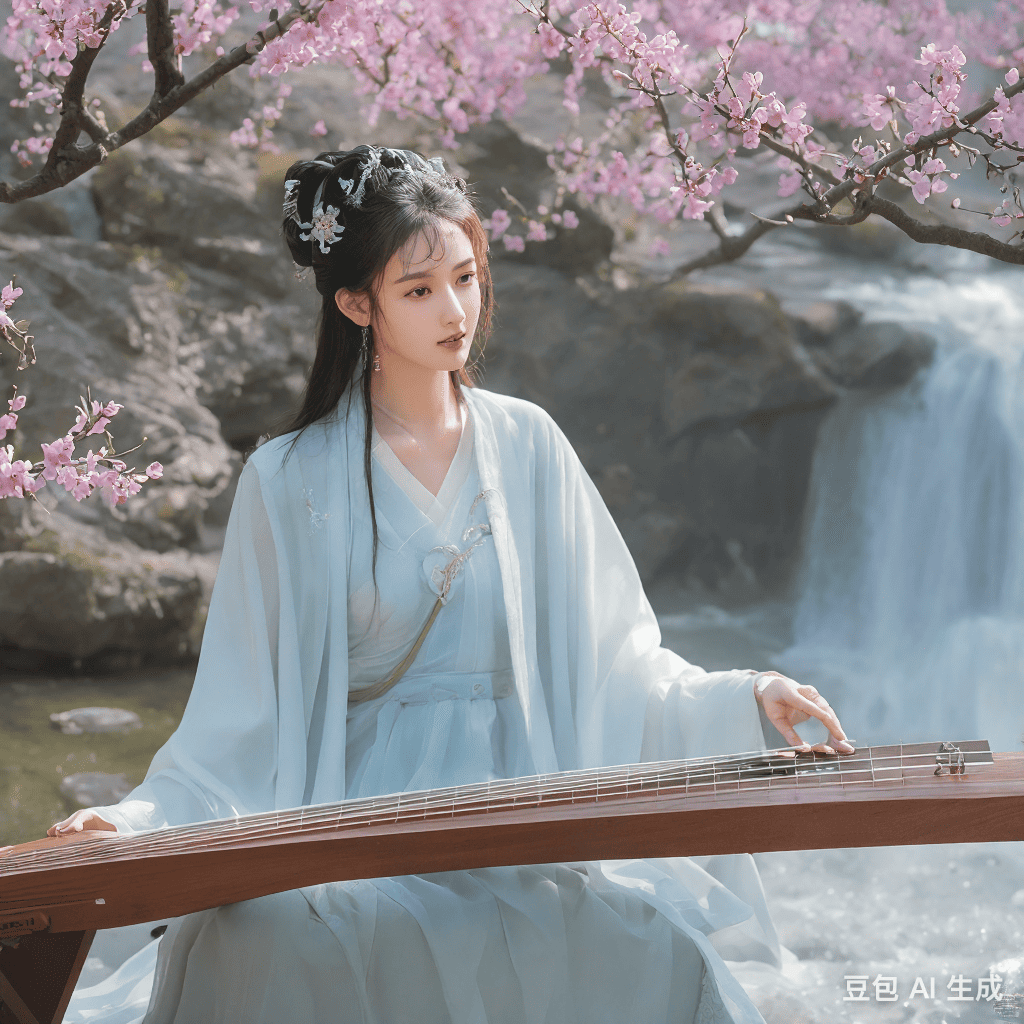
This guide provides a comprehensive overview of commonly used models in Stable Diffusion Webui, including stable-diffusion-v1-5, mo-di-diffusion, Cyberpunk-Anime-Diffusion, Arcane-Diffusion, Openjourney v4, SamDoesArt-V3, Anything V5/V3, and anything-v4.0.
Stable Diffusion v1.5 Model
Stable-diffusion-v1-5 excels in natural image generation and editing, though it still has room for improvement in generating detailed images and handling long text-to-image prompts. This model has laid a solid foundation for subsequent image generation models.
Key Limitations:
- Cannot achieve perfect photorealism
- Struggles with text generation and complex spatial relationships
- Face and character generation may be inconsistent
- Limited effectiveness with non-English prompts
- Some loss in the autoencoding component
- Contains adult content in training data
- Shows some memorization of training data
- Potential social biases due to predominantly English-language training data
Best Practice: Use with NSFW checker in Diffusers for safe deployment.
Mo Di Diffusion Model
Mo-di-diffusion is a fine-tuned version of Stable Diffusion 1.5, specialized in generating modern Disney-style artwork. Use the prompt “modern disney style” for optimal results. The model uses the CreativeML OpenRAIL-M license, allowing free use with certain restrictions on harmful content generation.
Arcane Diffusion Model
Arcane-Diffusion combines Transformers and Diffusion models for enhanced text generation. It uses GPT-2 as its base and implements Knowledge Distillation for improved efficiency. The model excels in generating coherent, high-quality text across various formats including poetry, prose, and scripts.
Cyberpunk Anime Diffusion Model
Cyberpunk-Anime-Diffusion specializes in generating cyberpunk anime characters. For optimal results, include the keywords “dgs” and “illustration style” in your prompts. Add “muscular male” for better male character generation.
Openjourney v4 Model
Openjourney v4 builds upon Stable Diffusion v1.5, trained on 124,000 images over 12,400 steps and 4 epochs. Unlike previous versions, it doesn’t require the “mdjrny-v4 style” prompt and can generate diverse, high-quality images across various styles.
SamDoesArt-V3 Model
SamDoesArt-V3 uses the “SamDoesArt” token to activate its unique style. Place this token anywhere in your prompt, though placing it at the beginning often yields better results.
Example prompts:
- “SamDoesArt, portrait of a pretty girl"
- "SamDoesArt, a man working in a factory, manly, machines"
- "SamDoesArt, an african lion, mane, majestic”
For more examples, visit the visual guide.
Anything V5/V3 Model
Anything V5/V3 is a versatile model combining various styles. While V3 had some consistency issues, V5 offers improved reliability and quality. Visit Civitai for more details.
Anything-v4.0 Model
Anything-v4.0 specializes in anime-style image generation. It supports Danbooru tags and can generate high-detail anime images from simple prompts. The model is available through various platforms including Hugging Face and Google Colab.
Sample prompts:
- “masterpiece, best quality, 1girl, white hair, medium hair, cat ears, closed eyes, looking at viewer, :3, cute, scarf, jacket, outdoors, streets"
- "1boy, bishounen, casual, indoors, sitting, coffee shop, bokeh"
- "scenery, village, outdoors, sky, clouds”
The model is released under the CreativeML OpenRAIL-M license, allowing commercial use with certain restrictions.
More Articles
![OpenAI 12-Day Technical Livestream Highlights Detailed Report [December 2024]](/_astro/openai-12day.C2KzT-7l_1ndTgg.jpg)
